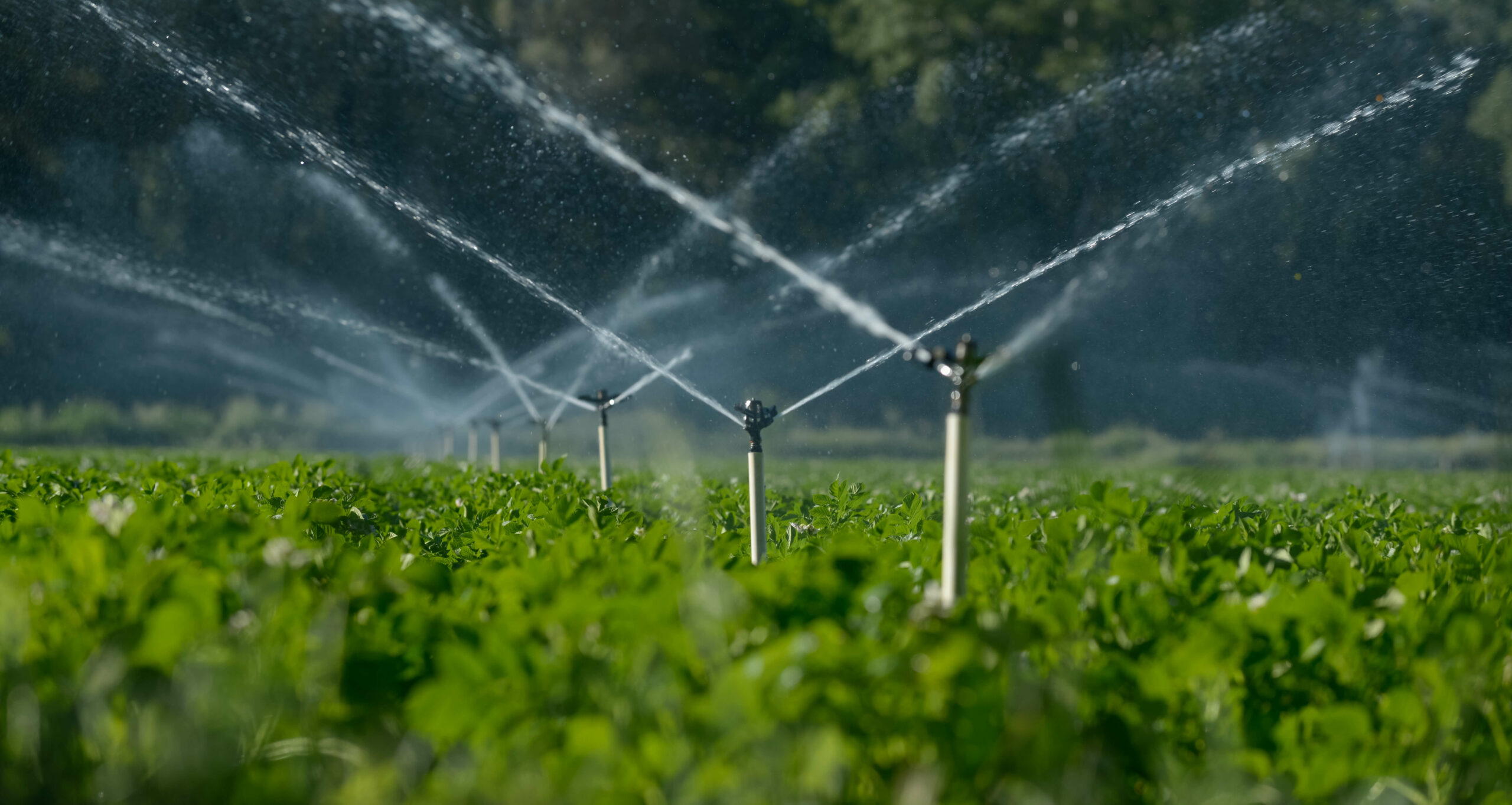


The most important component is undoubtedly the extraction of freshwater from the humidity of the coastal region of Namibia and the generation of renewable energy to ensure basic supply and expand agricultural operations.
The estimated annual consumption is approximately 500 MW in the final stage, including the power supply for around 150 families involved in the project.
This means that photovoltaic systems with an area of 4,000 to 6,000 m² will be required. With the need for storage capacity, the total investment for the final expansion is estimated at 1.5 million euros.
Currently, Namibia is heavily dependent on South Africa for its power supply, but there are frequent supply shortages due to South Africa also having limited capacity. In terms of supply security, self-sufficiency is therefore both necessary and feasible.
The humidity in the coastal region of Namibia averages 65% annually. However, due to the heat buildup of the desert, no rain cycle is created. But we are able to “harvest” water from the air.
With a PHANTOR high-performance AWG (Atmospheric Water Generator), we can extract around 10,000 liters of drinking water per day, enough to operate our fish farms and supply the entire project with fresh water.
The other option and alternative is a material called SHCP-10, developed by Paul Schweng and Robert Woodward. This method works by harvesting water using solar energy, where water is absorbed from dry air, much like a sponge.
